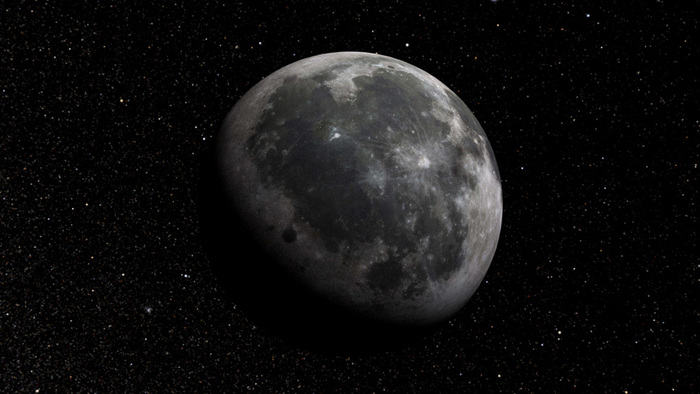Water on the Moon is there for real and it could be more accessible than expected: the turning point for future human missions comes from two studies published in Nature.
The first, coordinated by NASA, demonstrates the unequivocal discovery of the 'signature' of the water molecule (H2O), detected for the first time on the Moon by the Sofia flying telescope.
The second study, conducted by the University of Colorado, estimates that more than 40,000 square kilometers of the lunar surface could trap water in the form of ice in small shaded cavities.
Previous research had indicated the possible presence of water on the lunar surface, especially near the South pole, but the instruments used for the detections did not allow to distinguish whether the signal derived from the water molecule H2O or from the hydroxyl (OH) bound to minerals. .
The Sofia telescope, mounted on board a Boeing 747, has solved the mystery by analyzing the spectrum of the Moon at a wavelength of 6 micrometers at which water can no longer be confused with anything else.
"Having seen the spectral signature of the water molecule is a big step forward, because it finally allows us to solve a question that has been open for years", comments Enrico Flamini, president of the International School of Research for Planetary Sciences (IRSPS) at the University of Chieti-Pescara.
The results of the analyzes show that in more southern latitudes water is present in abundance (about 100-400 parts per million), probably sequestered in glassy or rocky matrices.
"This tells us that the Moon could be less arid than expected - adds Flamini - but it is not yet possible to establish how much water there is and how much is usable: certainly this discovery will help us better plan future missions".
The researchers of the University of Colorado are more optimistic, who with their study hypothesize the widespread presence of water 'traps' on the lunar surface: "if we were right - says Paul Hayne - water could be more accessible to obtain drinking water," rocket fuel, all that NASA needs water for. "

